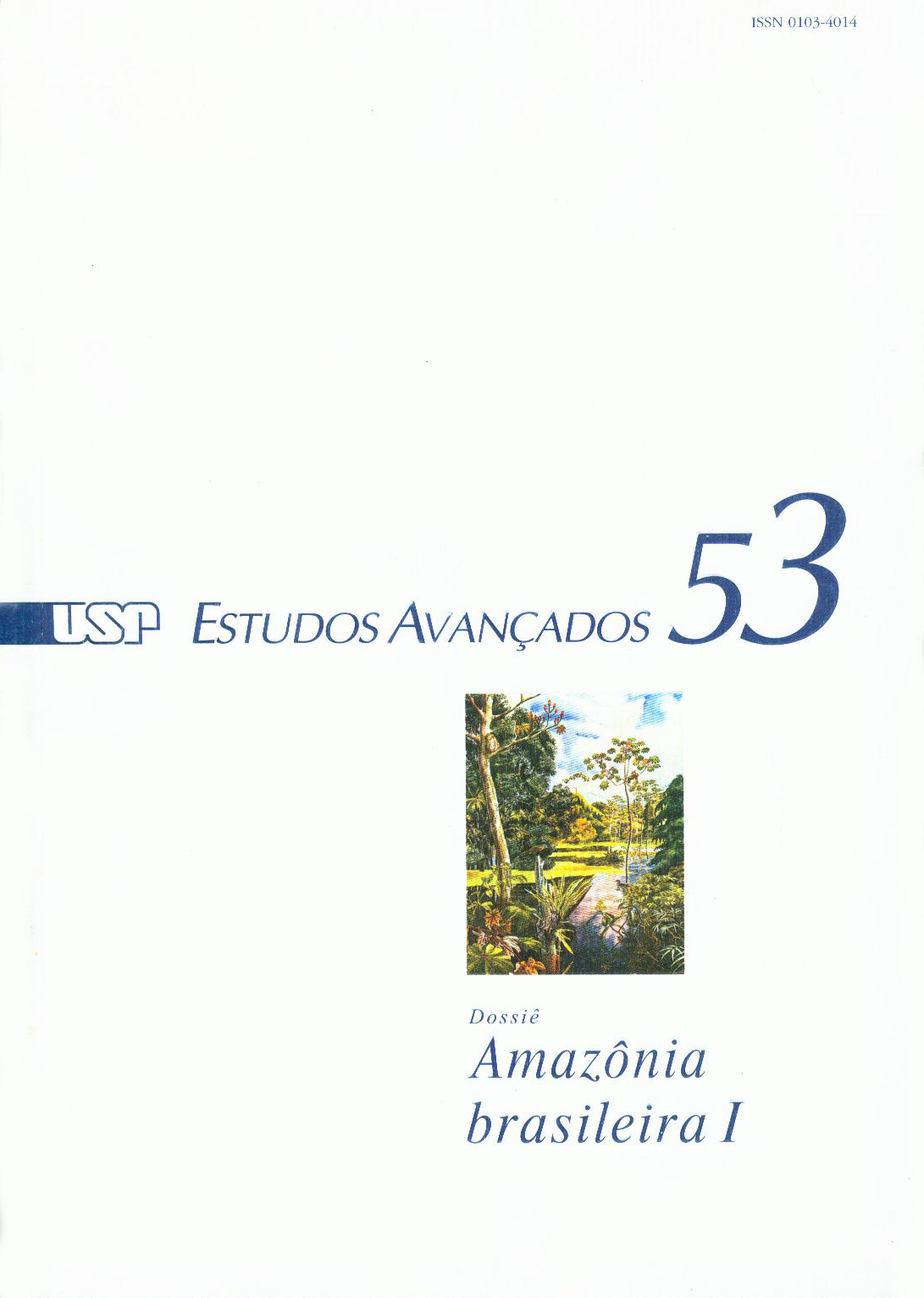Dinâmica evolutiva em roças de caboclos amazônicos
Keywords:
Amazon, Botany, Agriculture, Native Brazilian CultureAbstract
THE "ROÇAS DE CABOCLOS" are the slash-and-burn agricultural units of traditional populations dwelling in the lowlands of the Brazilian Tropics, generally in association with forests. They are derived from the indigenous system with some modifications introduced by the Africans and Portuguese. In this paper we analyse the community structure of the "roças" and the role of biological and cultural factors in maintaining and augmenting the genetic variability in the most important species planted in roças, the cassava (Manihot esculenta). There is a high degree of diversity in the "roças" and the several species that are normally present, like cassava, sweet-potato, yams, arrowroot, ariá, cupá and peanuts present what has been called ecological combining ability, meaning that they optimize their use of environmental factors and resources by minimizing the overlap of their architectures. The variability of cassava is amplified by the seed bank in previously occupied sites, interspecific crossings and intervarietal crossings - facilitated by the planting arrangements chosen by the "caboclos". After being created, the variability is fixed through vegetative cloning, the usual reproduction method not only of cassava, but also of the other species of the "roça", mostly perennial and showing "agronomical disjuntion", that is, reproduction and production effected by different organs of the plant.Downloads
Download data is not yet available.
Downloads
Published
2005-04-01
Issue
Section
Dossiê Amazônia Brasileira I
License
Estudos Avançados não celebra contrato de cessão de direitos autorais com seus colaboradores, razão pela qual não detém os direitos autorais dos artigos publicados. Os interessados em reproduzir artigos publicados na revista devem necessariamente obter o consentimento do autor e atribuir devidamente os créditos ao periódico.
How to Cite
Martins, P. S. (2005). Dinâmica evolutiva em roças de caboclos amazônicos . Estudos Avançados, 19(53), 209-220. https://www.revistas.usp.br/eav/article/view/10055


